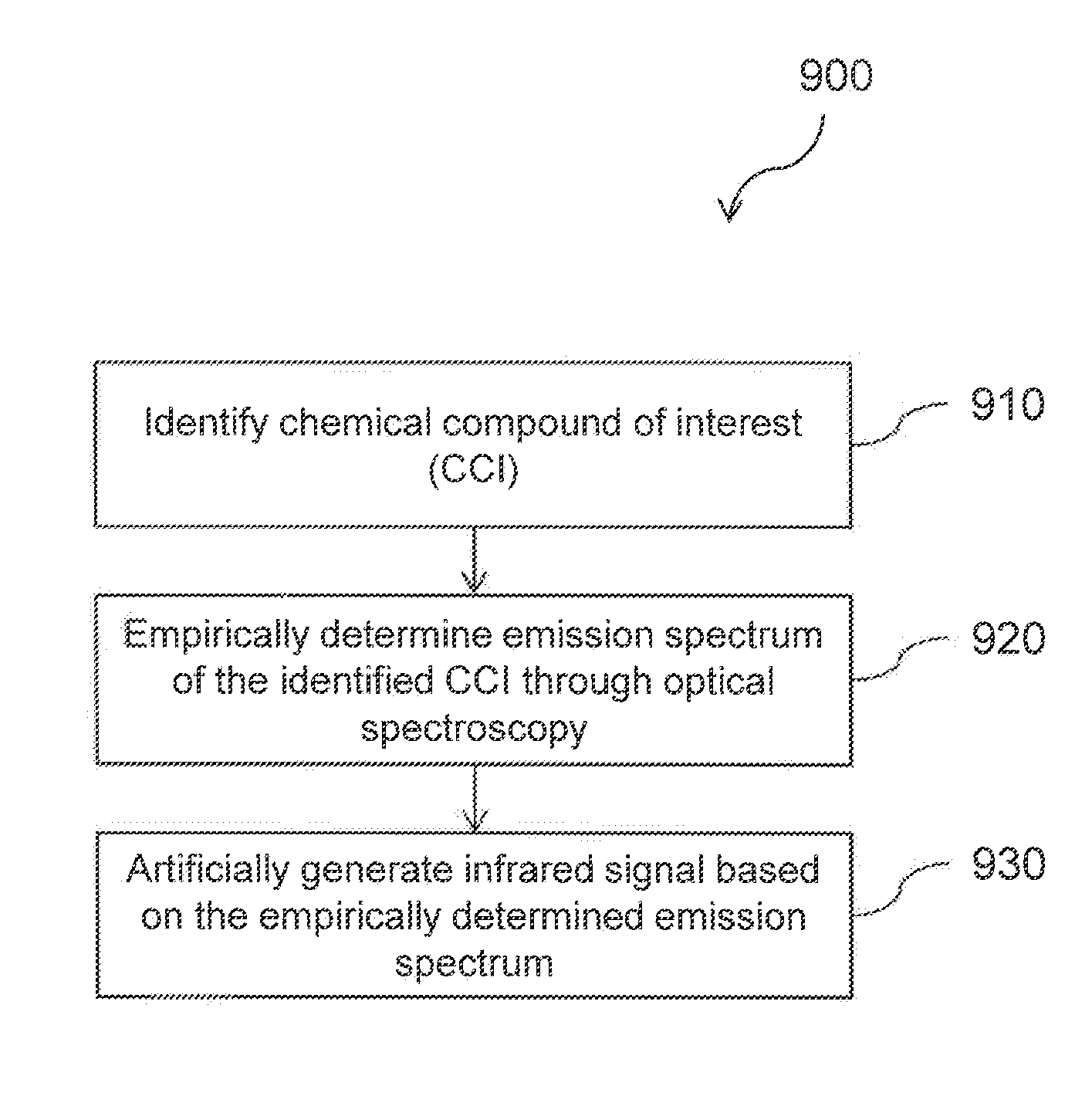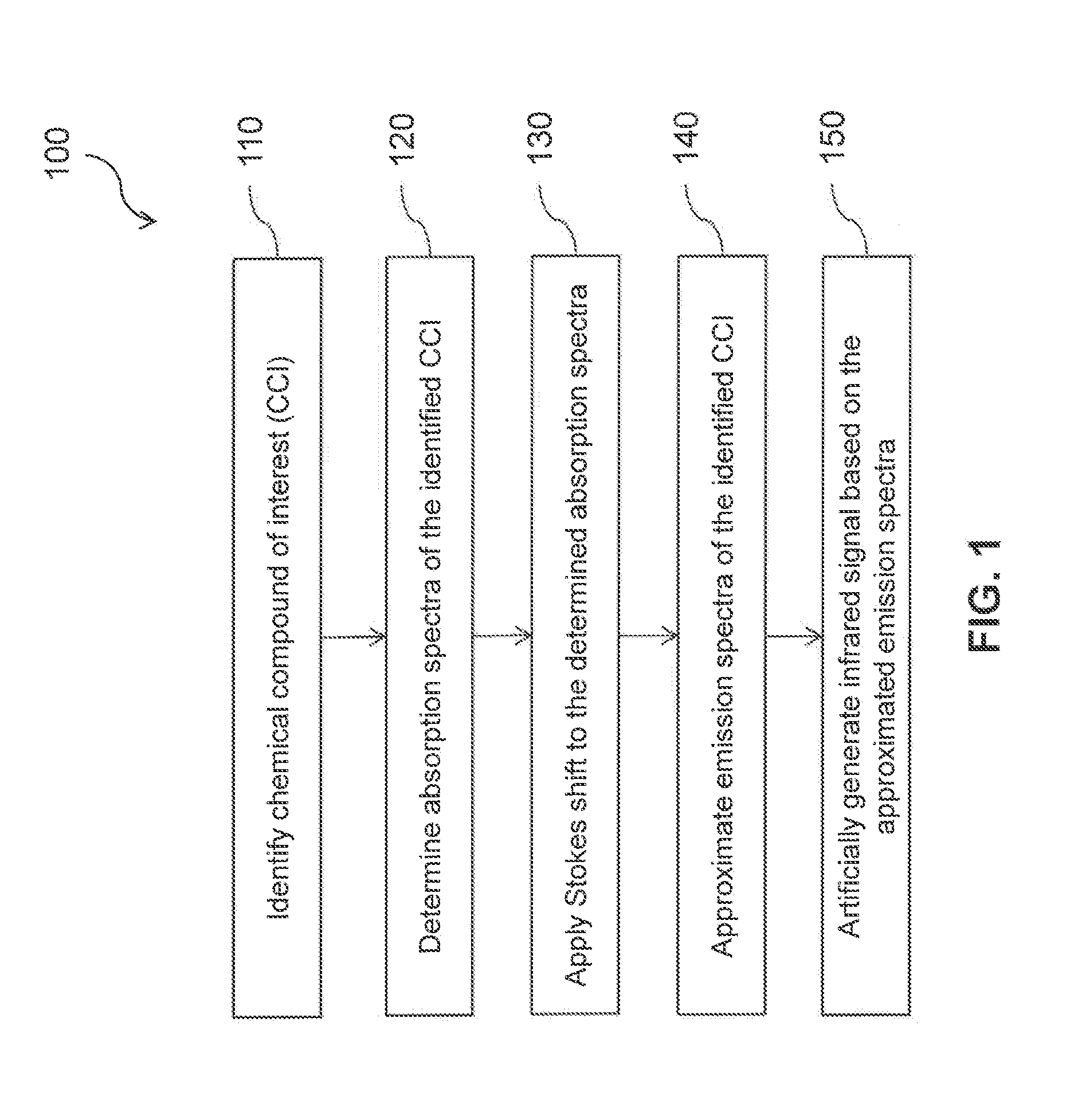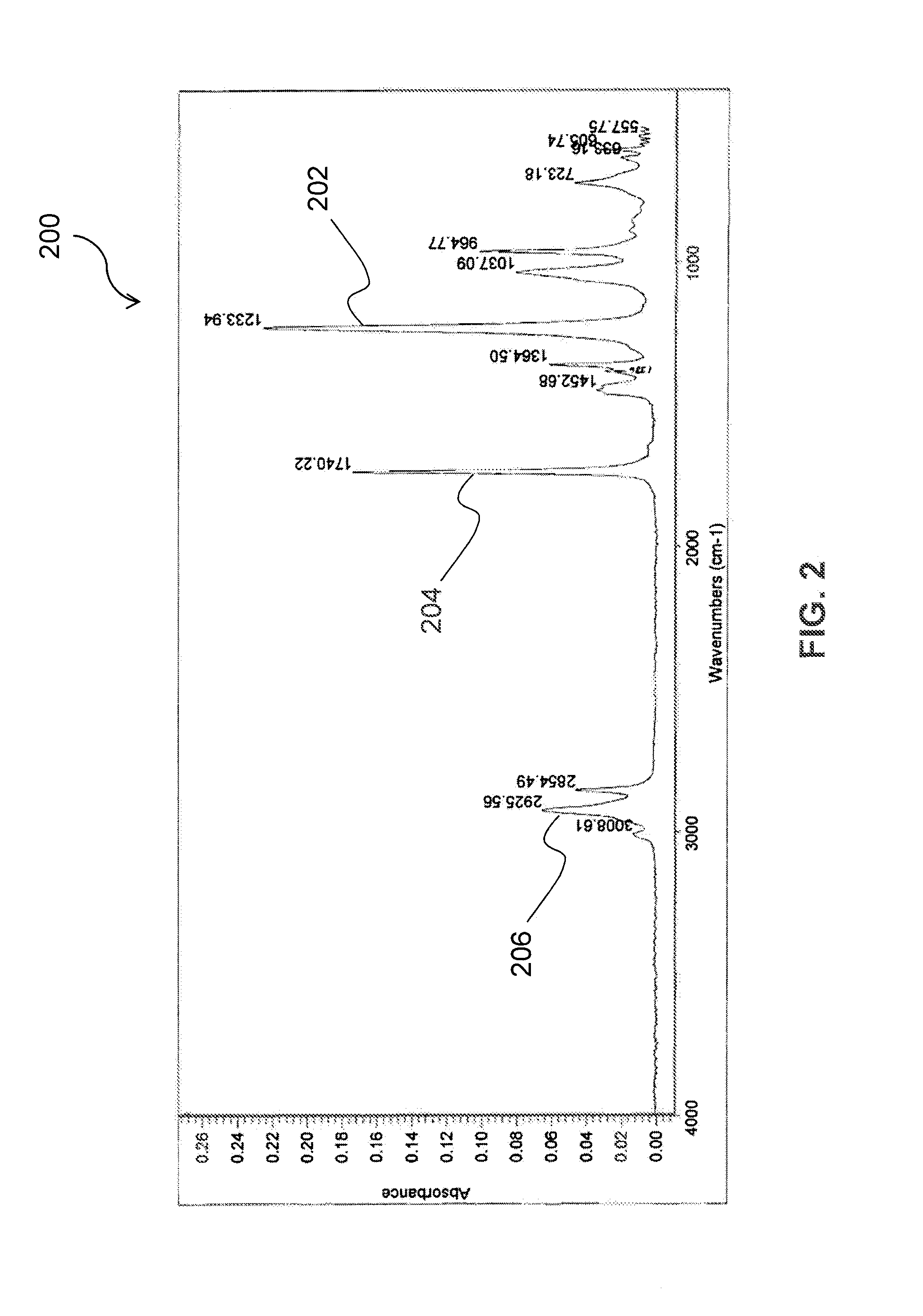Artificially Simulating Emissions of a Chemical Compound
a chemical compound and emission simulation technology, applied in the field of artificial simulation of chemical compound emission, can solve the problems of affecting the success of mating, many pheromone traps have limitations in significantly reducing insect populations in storage, and high cost of the project, and the effect of numerous limitations
- Summary
- Abstract
- Description
- Claims
- Application Information
AI Technical Summary
Benefits of technology
Problems solved by technology
Method used
Image
Examples
Embodiment Construction
[0035]The following Detailed Description refers to accompanying drawings to illustrate one or more embodiments consistent with the present disclosure. The disclosed embodiment(s) merely exemplify the disclosure. References in the Detailed Description to “an example embodiment,”“an example of this embodiment,” etc., indicate that the embodiment(s) described may include a particular feature, device, or characteristic, but every embodiment may not necessarily include the particular feature, device, or characteristic. Moreover, such phrases are not necessarily referring to the same embodiment. Further, when a particular feature, device, or characteristic is described in connection with an embodiment, it is within the knowledge of those skilled in the relevant art(s) to effect such feature, device, or characteristic in connection with other embodiments whether or not explicitly described.
[0036]The embodiments described herein are provided for illustrative purposes, and are not limiting. ...
PUM
 Login to View More
Login to View More Abstract
Description
Claims
Application Information
 Login to View More
Login to View More - R&D
- Intellectual Property
- Life Sciences
- Materials
- Tech Scout
- Unparalleled Data Quality
- Higher Quality Content
- 60% Fewer Hallucinations
Browse by: Latest US Patents, China's latest patents, Technical Efficacy Thesaurus, Application Domain, Technology Topic, Popular Technical Reports.
© 2025 PatSnap. All rights reserved.Legal|Privacy policy|Modern Slavery Act Transparency Statement|Sitemap|About US| Contact US: help@patsnap.com



